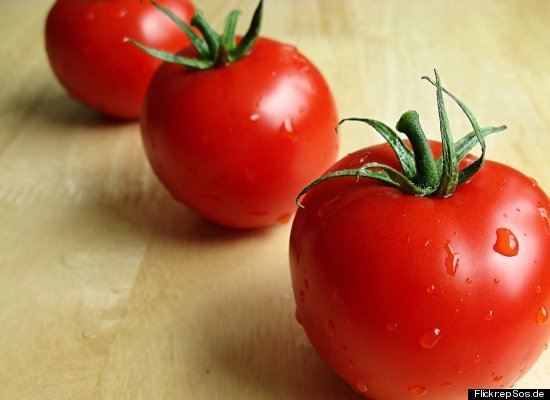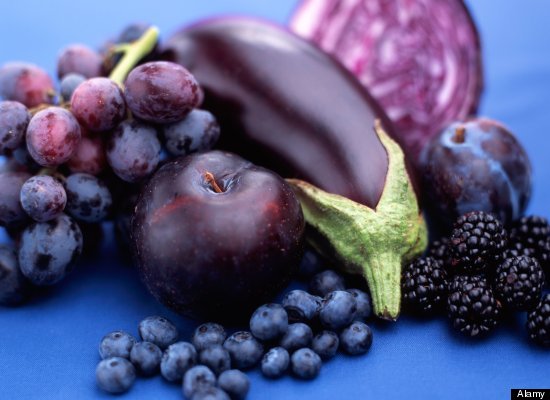11 Habits That Will Help You Live to 100
By Deborah
Kotz for U.S. News Health
You don’t need to eat yogurt and live
on a mountaintop, but you do need to floss.
One of the
biggest factors that determine how well you age is not your genes but how well
you live. Not convinced? A study published in 2009 in the British Medical
Journal of 20,000 British folks show that you can cut your risk of having a
stroke in half by doing the following things: being active for 30 minutes a
day, eating five daily servings of fruit and vegetables, and avoiding
cigarettes and excess alcohol.
While those
are some of the obvious steps you can take to age well, researchers have
discovered that centenarians tend to share certain traits in how they eat, move
about, and deal with stress—the sorts of things we can emulate to improve our
own aging process. Of course, getting to age 100 is enormously more likely if
your parents did. Still, Thomas Perls, who studies the century-plus set at
Boston University School of Medicine, believes that assuming you've sidestepped
genes for truly fatal diseases like Huntington's, "there's nothing
stopping you from living independently well into your 90s." Heck, if your
parents and grandparents were heavy smokers, they might have died prematurely
without ever reaching their true potential lifespan, so go ahead and shoot for
those triple digits. Follow these 12 habits and check out Perls' lifetime risk
calculator to see how long you can expect to live.
1. Don't Retire
"Evidence
shows that in societies where people stop working abruptly, the incidence of
obesity and chronic disease skyrockets after retirement," says Luigi
Ferrucci, director of the Baltimore Longitudinal Study of Aging.
The Chianti
region of Italy, which has a high percentage of centenarians, has a different
take on leisure time. "After people retire from their jobs, they spend
most of the day working on their little farm, cultivating grapes or vegetables,"
he says. "They're never really inactive."
Farming isn't for you?
Volunteer as a docent at your local art museum or join the Experience Corps, a
program offered in 19 cities that places senior volunteers in urban public
elementary schools for about 15 hours a week.
2. Floss Every Day
That may
help keep your arteries healthy. A 2008 New York University study showed that
daily flossing reduced the amount of gum-disease-causing bacteria in the mouth. This bacterium is thought to enter the bloodstream and trigger inflammation in
the arteries, a major risk factor for heart disease.
Other research has shown
that those who have high amounts of bacteria in their mouth are more likely to
have thickening in their arteries, another sign of heart disease."I really
do think people should floss twice a day to get the biggest life expectancy
benefits," says Perls.
3. Move Around
"Exercise
is the only real fountain of youth that exists," says Jay Olshansky, a
professor of medicine and aging researcher at the University of Illinois at
Chicago. "It's like the oil and lube job for your car. You don't have to
do it, but your car will definitely run better."
Study after study has
documented the benefits of exercise to improve your mood, mental acuity,
balance, muscle mass, and bones. "And the benefits kick in immediately
after your first workout," Olshansky adds. Don't worry if you're not a gym
rat.
Those who see the biggest payoffs are the ones who go from doing nothing
to simply walking around the neighborhood or local mall for about 30 minutes a
day. Building muscle with resistance training is also ideal, but yoga classes
can give you similar strength-training effects if you're not into weight
lifting.
4. Eat a Fiber-Rich Cereal for
Breakfast
Getting a
serving of whole-grains, especially in the morning, appears to help older folks
maintain stable blood sugar levels throughout the day, according to a recent
study conducted by Ferrucci and his colleagues. "Those who do this have a
lower incidence of diabetes, a known accelerator of aging," he says.
5. Get at Least Six Hours of Sleep
Each Night
Instead of
skimping on sleep to add more hours to your day, get more to add years to your
life. "Sleep is one of the most important functions that our body uses to
regulate and heal cells," says Ferrucci.
"We've calculated that the
minimum amount of sleep that older people need to get those healing REM phases
is about six hours." Those who reach the century mark make sleep a top
priority.
6. Consume Whole Foods, Not
Supplements
Strong
evidence suggests that people who have high blood levels of certain
nutrients—selenium, beta-carotene, vitamins C and E—age much better and have a
slower rate of cognitive decline. Unfortunately, there's no evidence that
taking pills with these nutrients provides those anti-aging benefits.
"There are more than 200 different carotenoids and 200 different
flavonoids in a single tomato," points out Ferrucci, "and these
chemicals can all have complex interactions that foster health beyond the
single nutrients we know about like lycopene or vitamin C." Avoid
nutrient-lacking white foods (breads, flour, sugar) and go for all those
colorful fruits and vegetables and dark whole-grain breads and cereals with
their host of hidden nutrients.
7. Be Less Neurotic
It may work
for Woody Allen, who infuses his worries with a healthy dose of humor, but the
rest of us neurotics may want to find a new way to deal with stress. "We
have a new study coming out that shows that centenarians tend not to
internalize things or dwell on their troubles," says Perls. "They are
great at rolling with the punches." If this inborn trait is hard to
overcome, find better ways to manage when you're stressed: Yoga, exercise,
meditation, tai chi, or just deep breathing for a few moments is all good.
Ruminating, eating chips in front of the TV, binge drinking? Bad, very bad.
8. Live Like a Seventh Day Adventist
Americans
who define themselves as Seventh Day Adventists have an average life expectancy
of 89, about a decade longer than the average American. One of the basic tenets
of the religion is that it's important to cherish the body that's on loan from
God, which means no smoking, alcohol abuse, or overindulging in sweets.
Followers typically stick to a vegetarian diet based on fruits, vegetables,
beans, and nuts, and get plenty of exercise. They’re also very focused on
family and community.
9. Be a Creature of Habit
Centenarians
tend to live by strict routines, says Olshansky, eating the same kind of diet
and doing the same kinds of activities their whole lives. Going to bed and
waking up at the same time each day is another good habit to keep your body in
the steady equilibrium that can be easily disrupted as you get on in years.
"Your physiology becomes frailer when you get older," explains
Ferrucci, "and it's harder for your body to bounce back if you, say, miss
a few hours of sleep one night or drink too much alcohol." This can weaken
immune defenses, leaving you more susceptible to circulating flu viruses or
bacterial infections.
10. Stay Connected
Having
regular social contacts with friends and loved ones is key to avoiding
depression, which can lead to premature death, something that's particularly
prevalent in elderly widows and widowers. Some psychologists even think that
one of the biggest benefits elderly folks get from exercise the strong social
interactions that come from walking with a buddy or taking a group exercise
class. Having a daily connection with a close friend or family member gives
older folks the added benefit of having someone watch their back. "They'll
tell you if they think your memory is going or if you seem more
withdrawn," says Perls, "and they might push you to see a doctor
before you recognize that you need to see one yourself."
11. Be Conscientious
The strongest
personality predictor of a long life is conscientiousness—that is, being
prudent, persistent, and well organized, according to The Longevity Project,
coauthored by Howard Friedman and Leslie Martin. The book describes a study
that followed 1,500 children for eight decades, collecting exhaustive details
about their personal histories, health, activities, beliefs, attitudes, and
families. The children who were prudent and dependable lived the longest,
Friedman says, likely because conscientious types are more inclined to follow
doctors' orders, take the right medicines at the right doses, and undergo
routine checkups. They're also likelier to report happier marriages and more
satisfying work lives than their less conscientious peers.
Source:




















